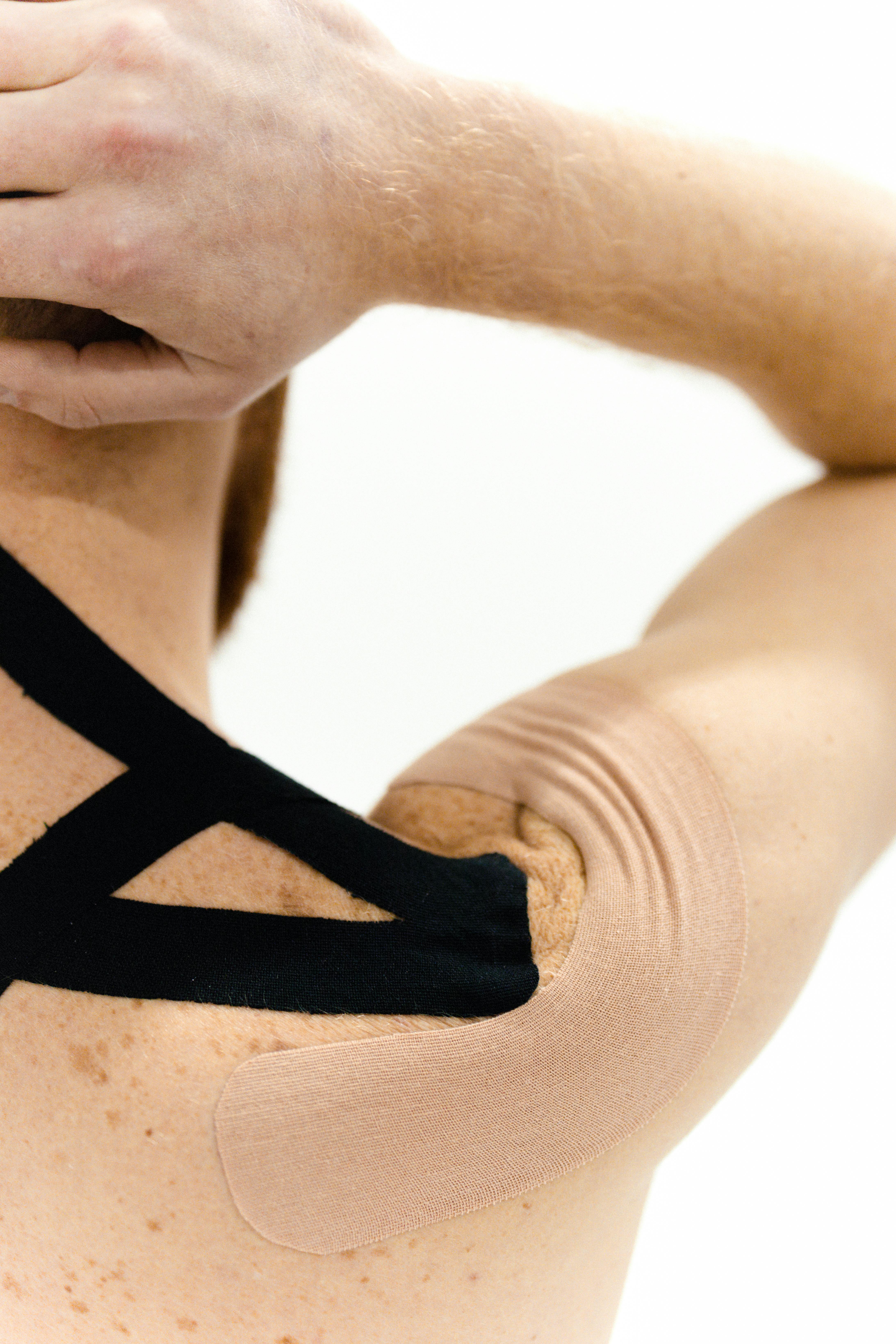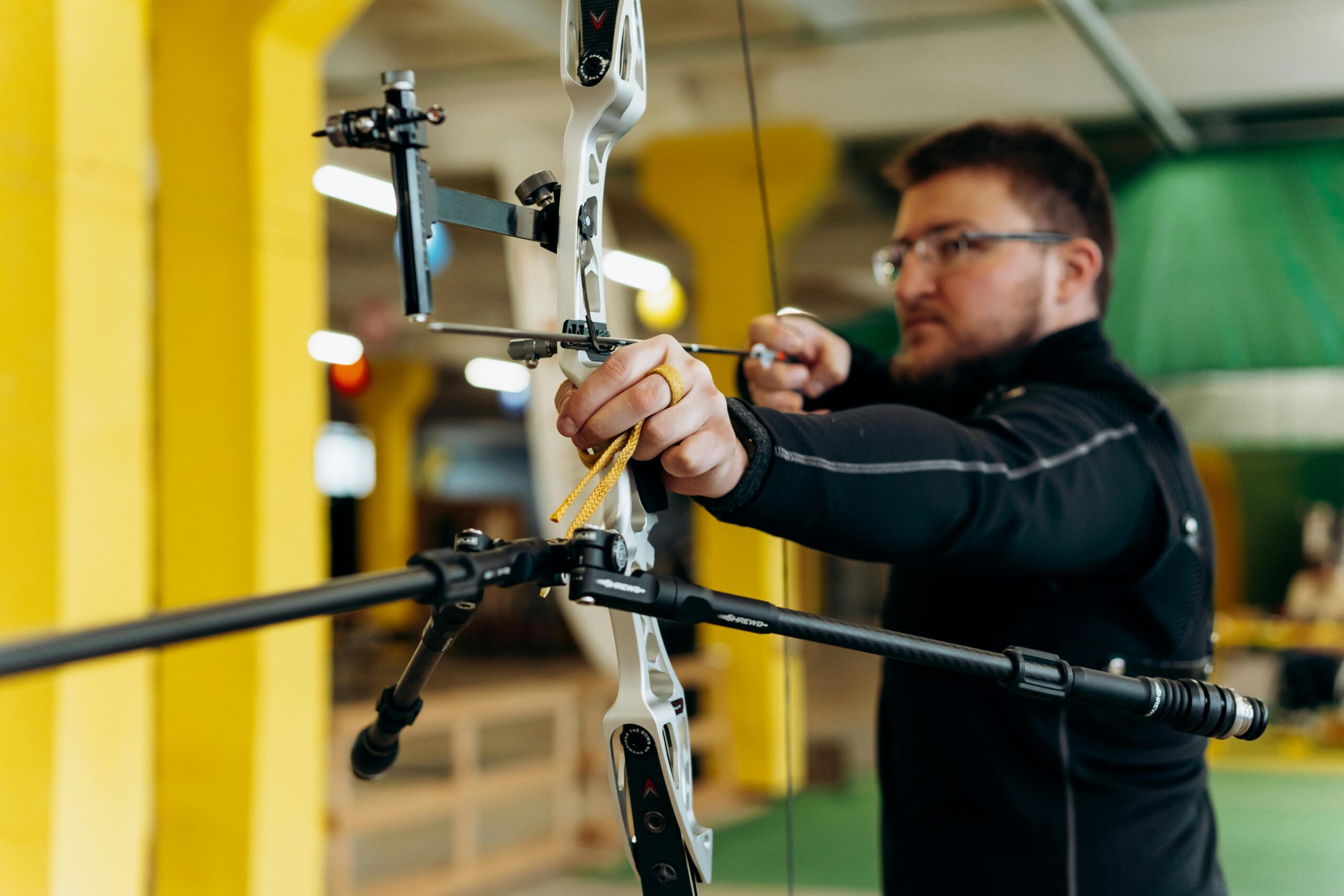Effective Ways to Improve Your Hintere Schulter Übungen in 2025
As we dive into 2025, enhancing your hintere schulter übung (rear shoulder exercises) is paramount for anyone looking to develop a well-rounded shoulder training regimen. Strengthening the hintere schultermuskeln (rear shoulder muscles) not only helps improve aesthetic but also plays a critical role in overall shoulder stability, mobility, and injury prevention. Proper schultertraining (shoulder training) can facilitate better posture and enhance athletic performance, making it essential for fitness enthusiasts, athletes, and even those undergoing rehabilitation.
In this article, we will explore effective techniques and exercises to bolster your shoulder workouts. We’ll cover various methods such as schulterheben (shoulder shrugs), ruderübung (rowing exercises), and schulterziehen (shoulder pulls) among others. We will also illustrate dynamic stretching techniques like schulterstretch (shoulder stretches) and delve into the importance of a strong rotatorenmanschette (rotator cuff) for shoulder health. Furthermore, expect practical insights for improving your schulterbeweglichkeit (shoulder mobility), rehabilitation strategies for injury recovery, and the latest fitness tips to keep your shoulders functioning optimally.
Join us on this journey as we pave your way towards stronger, healthier shoulders—with a roadmap to improving your shoulder exercises in 2025!
Essential Techniques to Strengthen Your Hintere Schulter Muscles
Building on the fundamentals of shoulder training, it is crucial to incorporate specific techniques that target the hintere schultermuskeln effectively. Emphasizing these muscles can improve overall shoulder aesthetics and functionality.
Incorporating Ruderübung into Your Routine
Ruderübung, or rowing exercises, are remarkably effective for building the rear shoulder muscles. This exercise engages multiple muscle groups, particularly the latissimus dorsi and trapezius, promoting a strong back and shoulders. To perform a basic rowing exercise, either use a resistance band or a cable machine:
1. **Setup**: Secure the resistance band around a stable anchor just below shoulder height.
2. **Execution**: Stand back with enough tension, holding the band with both hands. Pull the band down and back toward your chest while squeezing your shoulder blades together.
3. **Repetition**: Maintain a steady tempo, performing 3 sets of 10-15 repetitions, ensuring form over speed.
Common mistakes to avoid include using momentum instead of controlled movements and failing to engage the core. This exercise not only helps strengthen the shoulder muscles but also improves posture and stability.
Maximizing Benefits with Schulterheben
Schulterheben, or shoulder shrugs, is a vital exercise for promoting shoulder mobility and muscle engagement in the upper traps and rear deltoids. As you perform shoulder shrugs, concentrate on proper form for optimal results:
1. **Standing Position**: Stand upright with a dumbbell in each hand at your sides.
2. **Movement**: Elevate your shoulders towards your ears, holding the peak contraction for a moment before lowering.
3. **Repetition**: Aim for 3 sets of 15-20 repetitions, ensuring that you do not roll your shoulders as this can lead to strain.
This variation of shoulder exercise ensures you engage the rear shoulder effectively, helping to build muscle strength and endurance.
Engage in Schulterziehen for Balanced Development
Schulterziehen, or shoulder pulls, are similar to rowing exercises but focus more on overall shoulder engagement. This exercise can be particularly beneficial for athletes, ensuring a balanced shoulder development:
1. **Equipment Availability**: You may use resistance bands, TRX suspension trainers, or simply a pull-up bar.
2. **Execution**: Grasp the band or handles, lean back slightly, and pull towards your chest while keeping your elbows tucked.
3. **Repetition**: Perform 3 sets of 10-12 reps, concentrating on using your shoulders rather than your arms.
Incorporating these exercises consistently will help to strengthen your hintere schulter, improve your shoulder movement, and decrease discomfort in your shoulders during physical activities.
With these advanced techniques established, we naturally shift towards the importance of engaging in proper shoulder stretching to enhance flexibility and prevent injury.
Stretching Techniques for Improved Shoulder Mobility
With the foundation of strength laid, maintaining flexibility through effective schulterstretch (shoulder stretches) is paramount for overall shoulder health. Stretching exercises serve to relieve tension, improve mobility, and enhance overall shoulder function.
Dynamic Stretches for Shoulder Mobility
Dynamic stretches play a crucial role in pre-workout routines. These stretches increase blood flow and prepare the muscles for upcoming movements:
1. **Arm Circles**: Stand with your feet shoulder-width apart and extend your arms out to the sides. Perform small circles, gradually increasing the size. This should be executed for about 30 seconds in each direction.
2. **Cross-Body Shoulder Stretch**: Bring one arm across your body, utilizing the other arm to gently pull it closer. Hold this position for 15-30 seconds on each side.
Incorporating these dynamic exercises helps prevent injuries and are essential for maintaining a robust shoulder workout routine.
Incorporating Stretching into Your Training Plan
It is essential not just to perform stretches occasionally, but to structure them into your training regimen. Focus on a balanced approach:
1. **Warm-Up**: Before your workouts, integrate dynamic stretches focusing on the shoulders to prepare the muscles for training.
2. **Post-Workout**: Dedicate time after your workouts for static stretches, holding each stretch for 30-60 seconds to promote flexibility and relieve muscle tension.
Regularly incorporating these techniques will greatly reduce risks of shoulder injuries and will enhance overall mobility in your shoulder workouts.
Rotatorenmanschette Strengthening for Injury Prevention
Focusing on the rotatorenmanschette (rotator cuff) is imperative for protecting the shoulder joints. Strengthening this area will help avoid common shoulder injuries prevalent in overhead activities:
1. **Lateral Raises**: This exercise can be performed using light resistance papers to control strain. Raise your arms at a 45-degree angle from your body and then return to the starting position.
2. **External Rotations**: Utilizing resistance bands, keep your elbows tucked close to your sides and pull the band outwards, rotating your arms externally. Aim for 3 sets of 10-15 repetitions.
Focusing on these exercises can significantly contribute to the stability of your shoulders, allowing for a more comprehensive strength training program.
As we move through these practices, it correlates closely to ensuring sequenced shoulder training gets tailored to both strength and rehabilitation aspects.
Integrating Rehabilitation Exercises for Shoulder Pain Management
For those facing shoulder pain or limited mobility, integrating rehabilitation exercises is key. It’s essential to understand the specifics of shoulder rehabilitation and how it ties into the broader fitness scope.
Targeted Exercises for Shoulder Rehabilitation
Recovering from shoulder pain often requires specialized exercises designed to strengthen the surrounding muscles:
1. **Theraband External Rotation**: This exercise helps maintain shoulder stability while minimizing pain. Secure a theraband to a door or wall. With elbow bent at 90 degrees, rotate the forearm externally against resistance.
2. **Wall Angels**: Stand against a wall with your back, arms raised in a “goalpost” position. Slide your arms up and down while keeping your back and arms in contact with the wall to enhance movement quality.
These rehabilitation techniques support the healing process while simultaneously strengthening the underlying muscle groups.
Importance of Physiotherapie Schulter (Physical Therapy for Shoulder)
Consultation with a physiotherapist can be invaluable for developing a customized rehabilitation program. A qualified professional can guide you through exercises tailored specifically to your shoulder pain:
1. **Assessment**: A thorough assessment of your shoulder movements helps identify areas needing special focus.
2. **Exercises Customization**: Tailored exercises ensure you address weak points and strengthen your shoulders effectively.
Engaging with physiotherapy can not only alleviate pain but also prepare your shoulder for more advanced training, integrating health benefits into your fitness journey.
Following these rehabilitative approaches creates a smoother transition into recovery while laying the groundwork for continuous shoulder excellence.
Fostering a Healthy Shoulder Training Environment
Creating an environment conducive to effective shoulder training is just as essential. Whether at home or the gym, ensure you’re set up for success.
Ideal Home Setup for Efficient Shoulder Workouts
Designing a home workout space dedicated to shoulder exercises can significantly enhance your training:
1. **Create a Dedicated Area**: Organize a space free of distractions designated solely for working out. Ensure ample room for movements, especially for exercises requiring mobility.
2. **Smart Equipment Choices**: Select affordable fitnessgeräte für schulter (affordable shoulder fitness equipment) such as resistance bands, dumbbells, or compact machines that fit comfortably in your setup.
This tailored area can boost motivation and consistency, allowing you to foster a routine that includes both strength and flexibility.
Optimizing Training Sessions at the Gym
Training at the gym offers more access to extensive equipment that can aid your shoulder training:
1. **Seek Professional Guidance**: If new to the equipment, don’t hesitate to ask a trainer for demonstrations to ensure proper form and effective exercise execution.
2. **Utilize Appropriate Machines**: Focus on machines designed for schultertraining that isolate muscle groups without undue strain, ensuring a balanced workout.
The gym environment presents opportunities to explore dynamic movements, engage in group classes, or utilize specialized shoulder strength training equipment, enriching your shoulder workout experience.
Q&A Section: Insights into Effective Shoulder Training
What are the best exercises for hintere schulter strengthening?
Top exercises include ruderübung (rowing), schulterheben (shoulder shrugs), and schulterziehen (shoulder pulls). Incorporating a mix of these can effectively engage your rear shoulder muscles.
How often should I perform shoulder exercises?
To see improvements, aim for 2-3 times per week. It’s essential to allow for recovery days in between to promote healing and muscle growth.
Can I do shoulder exercises if I have shoulder pain?
It’s advisable to consult with a healthcare professional or physiotherapist to tailor your exercises to safely manage pain while reinforcing strength.
Are there specific shoulder stretches I should focus on?
Focus on both dynamic stretches before workouts, such as arm circles, and static stretches post-workout to maintain flexibility and prevent tightness.
How can I improve my shoulder mobility?
Incorporating exercises like wall angels and shoulder dislocates, along with consistent stretching, can greatly enhance your shoulder mobility over time.
Utilizing these effective strategies is key to enhancing your hintere schulter übung and achieving a robust shoulder training routine throughout 2025. If you’re interested in exploring more fitness tips, check out our additional resources here and here.

By maintaining this structured approach to shoulder training, not only will you improve performance, but you’ll foster overall shoulder health—a goal worth striving for!

